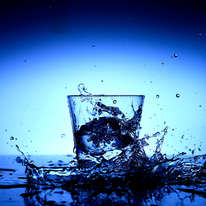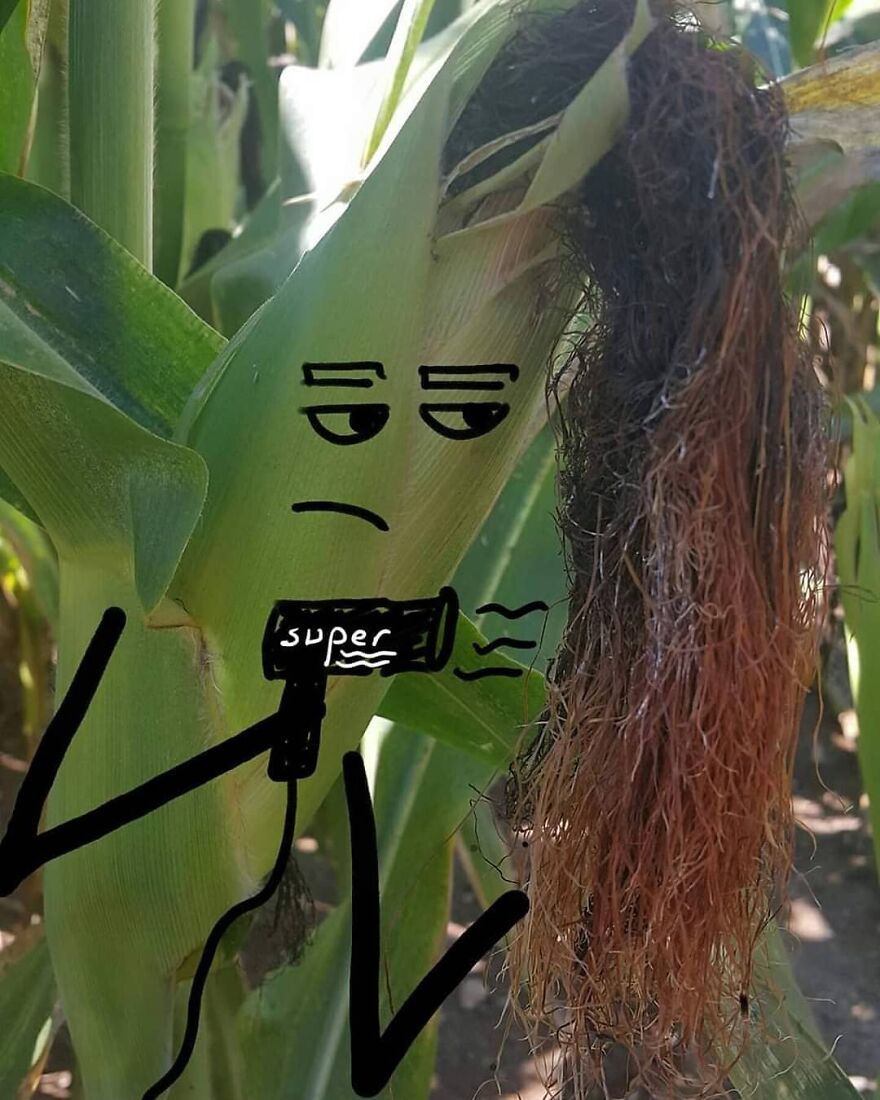The Day Is Not Far Off When Toilet Water Will Have To Be Purified And Used. If you are asked to drink water used in the toilet, you will surely refuse without thinking twice. It is disgusting to even think of drinking such water. You do not want to be frustrated if you cannot get the right pitch, so invest in a good capo.
However, in the future, most people will have to drink treated wastewater like this. This is because the world is already facing a shortage of clean water. But 97% of the world’s water is seawater. About 1.8% of the remaining 3% is ice in glaciers. As a result, only about 1% of the Earth’s available freshwater is available. About 87% of the world’s freshwater is found in lakes. In addition, rivers, waterfalls, etc., are also freshwater. That is why the existing freshwater is not at a suitable level for drinking. For example, human activities may add toxic chemicals to rivers, streams, ponds, and lakes.
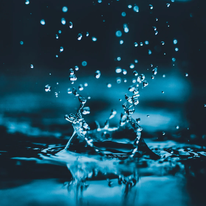
The amount of freshwater consumed per day by an urban family is approximately 262 liters. This amount is used for all household chores such as cooking, drinking, using the toilet, washing clothes, bathing, and watering flowers.
The highest percentage of domestic water consumption is spent on toilets. It’s about 30%. Bathing costs about 26%. About 21% for laundry. About 15% for cooking and drinking. The rest is for other things.
A Lesson From Namibia
The date for cleaning and utilizing toilet water is not extended. There are countries where toilet waste is cleaned and used for drinking on a large scale. Take Namibia, for example. Namibia turned to it in 1968. The experiment was conducted in Windhoek, Namibia. Its Goreangab refinery can purify 21,000 cubic meters of water per day. The city of Windhoek needs about 75,000 cubic meters of water to meet its water needs. That is, this toilet water purification project can meet approximately 1/3 of the city’s water needs. A large-scale project to purify and drink toilet water was launched in January 2008 in Orange City, California.
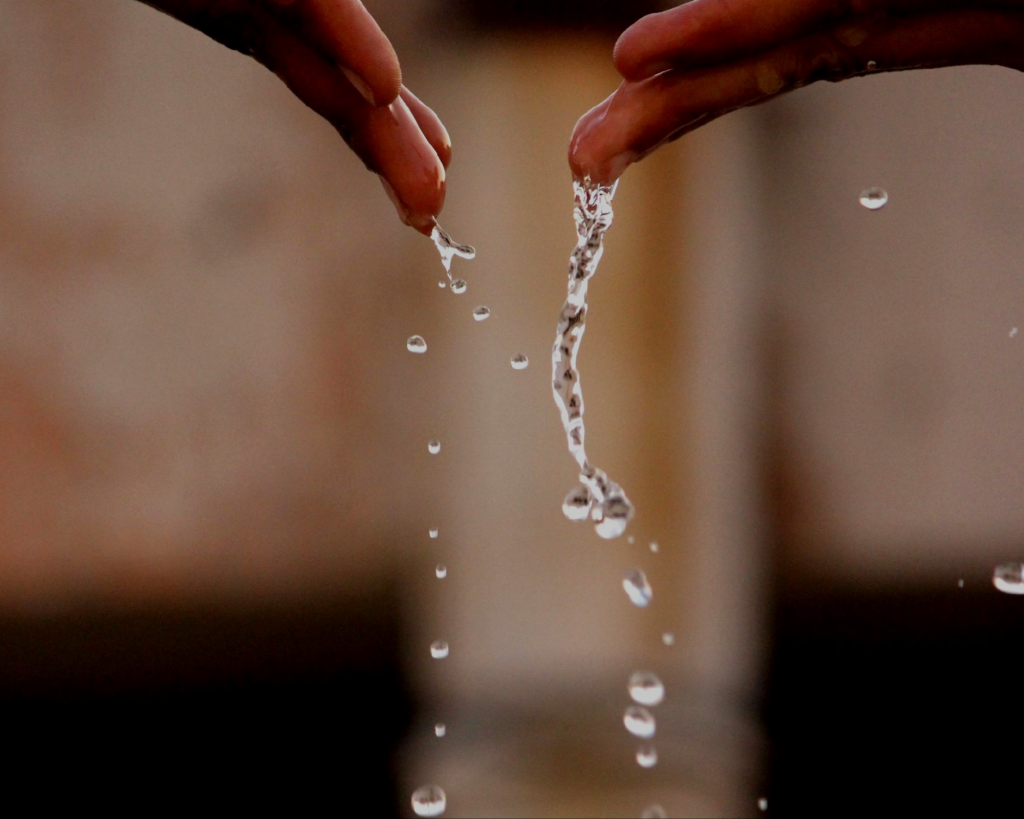
Toilet wastewater collected through toilet systems in the Costa Mesa, Fullerton, and Newport areas is treated through treatment tanks and managed in a pond in Anaheim. It is then passed through clay sand and rocks to filter the water. In Sandiego, it was also proposed to start a project to treat and use wastewater. But Mayor Jerry Sanders and his supporters opposed the proposal. The majority of the citizens objected, saying that they did not like this system. Therefore, the proposal had to be withdrawn. Despite their opposition to the San Diego Wastewater Project, they were still in dire water. About 90% of San Diego’s water needs are met by imported water. Despite the Mayor’s objections, it was difficult for the water authority to continue to supply water to the people of the city. Therefore, the Water Authority continued to inform the Mayor to think flexibly about alternative projects.
Large-scale public surveys were conducted in 2004 in San Diego. The survey asked whether they agreed with the project to purify and use toilet water. 63% disliked the project. So the Water Authority had to withdraw again. During this time, the city faced many problems. Due to the depletion of reservoirs in San Diego, not 80% but 100% of the water had to be purchased from outside. Water was brought to San Diego from the Colorado River. So even getting drinking water was becoming a problem. Investors who had invested in San Diego began to pay attention to the situation about water, and they began to discuss this with its factory owners. If the water issue is not resolved, they have decided to withdraw their investments from San Diego and relocate their factories to other areas.
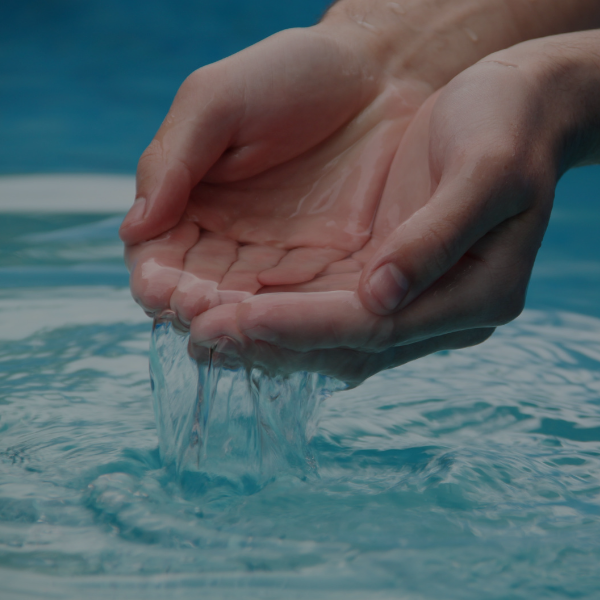
On this occasion, Mayor Sanders told them not to leave the city as they had no intention of further opposing the process of purifying toilet water. He agreed to convert this toilet water into drinking water because it was not voluntary but something else that could be done. The city government is already officially committed to the project, which is expected to bear fruit by the end of this decade. At that time, 7% to 10% of the city’s network needs will be met by purified toilet water. Recently, a survey was conducted on a project to purify toilet water again. Only less than 25% opposed it.
The Most Difficult Is Brain Refining.
Purifying toilet water is not that difficult. The most challenging task is to change the prevailing attitudes in people’s minds about this water. People do not want to change in a moment what they have believed for a long time. They are particularly reluctant to approach anything that has long been believed to be disgusting. In addition to reluctance, they also have fear. Someone who is terribly afraid of a snake is afraid to even approach a snake who claims to have saved a tooth. On the one hand, the person cannot be blamed for that fear.
Disgust with human feces and urine is not limited to one culture. It is not limited to humans. Some animals also detest their feces. But animals like gorillas seem to prefer to eat their feces. But we must not forget that urine is also used as a medicine for some diseases.
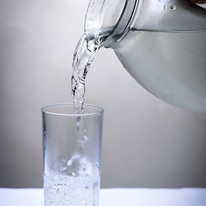
“Water will be in greater demand and value in the next century than the current oil demand. So we have to go some way to get clean water,” said Bill Cooper, director of the University of California’s Center for Urban Water Testing. What he says is true. 1/8 of the world’s people do not have access to drinking water. It is also true that it is something different.
This change that is taking place in America today will probably have to be made by us tomorrow.
Could you go and check my other article also?

